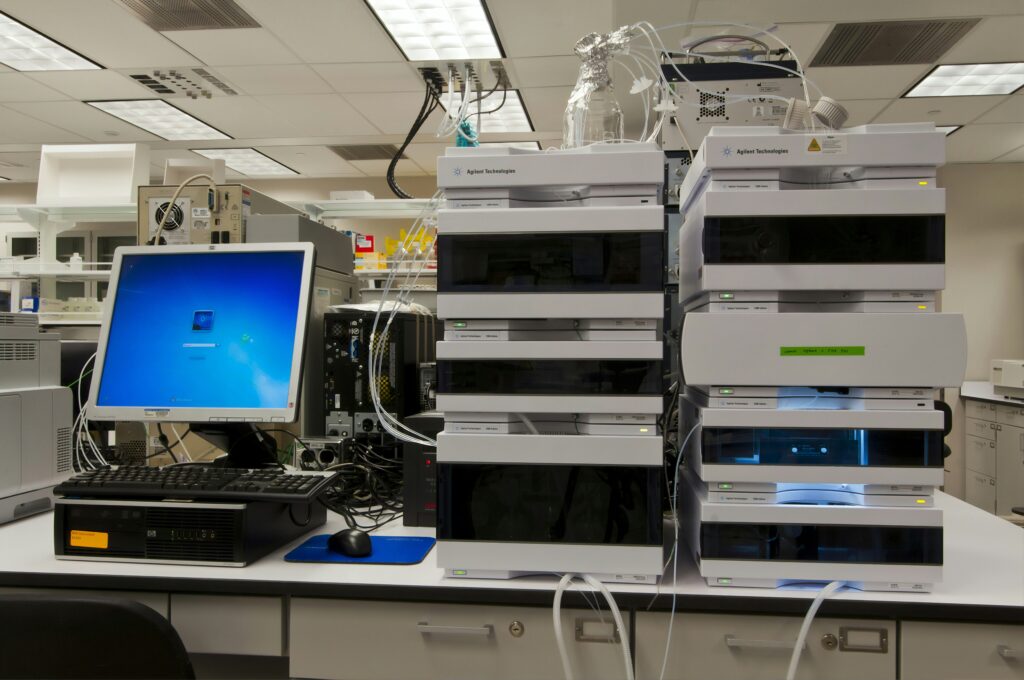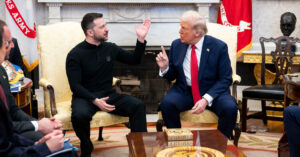
Hoboken, N.J., July 14, 2025 — In a groundbreaking development, researchers from Stevens Institute of Technology, the University of Illinois at Urbana-Champaign, and Harvard University have unveiled a new concept that merges quantum networking with the fabric of space-time. This innovative approach could revolutionize our understanding of quantum mechanics and general relativity, marking a significant step towards realizing a global quantum internet.
The study, published in the journal PRX Quantum, highlights how quantum networks can be used to probe the effects of curved space-time on quantum theory. This represents the first experimental test of its kind, offering a fresh perspective on how these two fundamental aspects of physics might interact.
Quantum Networking: A New Frontier
Quantum networking is rapidly advancing worldwide, promising secure communication at an unprecedented scale and the potential to connect quantum computers across the globe. The race to achieve this vision is intensifying, both terrestrially and in space. The recent research, led by Igor Pikovski, Jacob Covey, and Johannes Borregaard, suggests that quantum networks are far more versatile than previously imagined.
In their paper, the researchers demonstrate that quantum networks can explore how curved space-time affects quantum mechanics, a mystery that has puzzled scientists for decades. While quantum physics has consistently proven accurate, its behavior in the context of Einstein’s theory of gravity remains less understood.
Exploring the Intersection of Quantum Mechanics and General Relativity
Einstein’s theory of general relativity redefined gravity as a consequence of the curvature of space-time, leading to phenomena like the slowing of time near massive objects. This concept, popularized in films such as Interstellar, has been confirmed with high precision. However, how this alteration in the flow of time impacts quantum mechanics is an open question.
In a previous study published in Physical Review Research, Pikovski and Borregaard laid the groundwork for experiments to investigate these questions using quantum networks. They illustrated how superpositions — a fundamental feature of quantum theory where matter can exist in multiple states simultaneously — could be influenced by curved space-time.
“The interplay between quantum theory and gravity is one of the most challenging problems in physics today, but also fascinating,” says Igor Pikovski, Geoffrey S. Inman Junior Professor at Stevens Institute of Technology.
Implementing the Concept: A Collaborative Effort
Teaming up with Jacob Covey’s lab, the researchers developed a protocol to distribute quantum effects across network nodes using entangled W-states. By leveraging modern quantum capabilities like quantum teleportation and entangled Bell-pairs, they propose a method to test quantum theory in curved space-time.
Pikovski emphasizes the potential for quantum networks to challenge our assumptions about the universality of quantum theory. “We assume that quantum theory holds everywhere — but we really don’t know if this is true,” he notes. “It might be that gravity changes how quantum mechanics works. In fact, some theories suggest such modifications, and quantum technology will be able to test that.”
Implications and Future Directions
The findings of Pikovski, Covey, and Borregaard not only enhance the practical utility of quantum networks for a future quantum internet but also open unique avenues for studying fundamental physics. These experiments could provide insights unattainable through classical methods.
At the very least, a test of how quantum mechanics behaves on curved space-time is now possible.
As the field of quantum networking continues to evolve, the implications of this research could extend far beyond secure communication, potentially reshaping our understanding of the universe’s fundamental laws. The collaboration between these leading institutions underscores the importance of interdisciplinary efforts in pushing the boundaries of scientific discovery.
Stevens Institute of Technology, a premier private research university in Hoboken, New Jersey, remains at the forefront of technological innovation. Since its founding in 1870, Stevens has been a leader in advancing the frontiers of science and leveraging technology to address global challenges. The university’s commitment to research and education continues to drive breakthroughs in fields such as quantum physics, ensuring its place among the nation’s top institutions.







